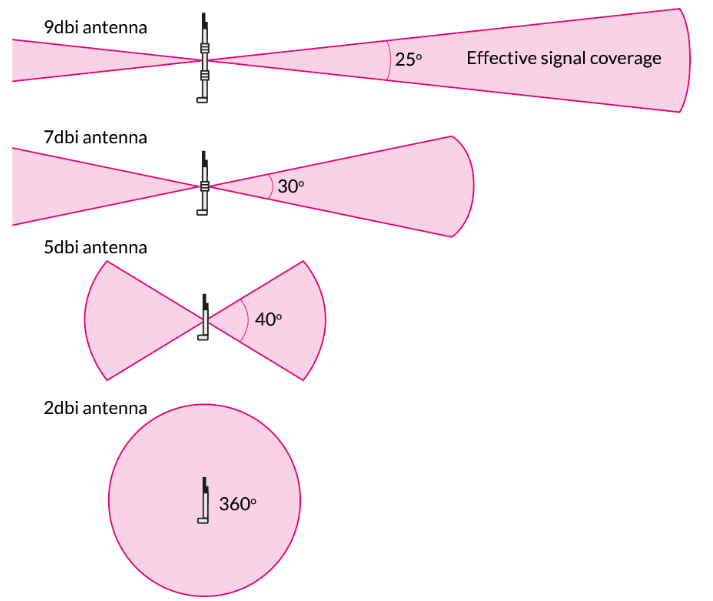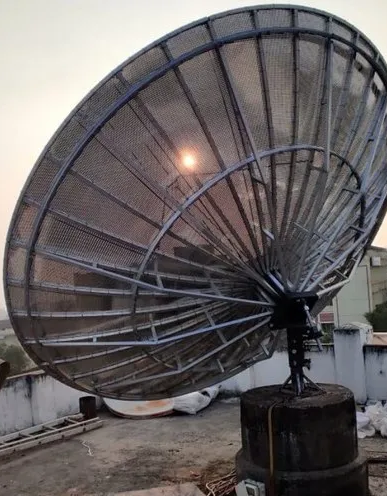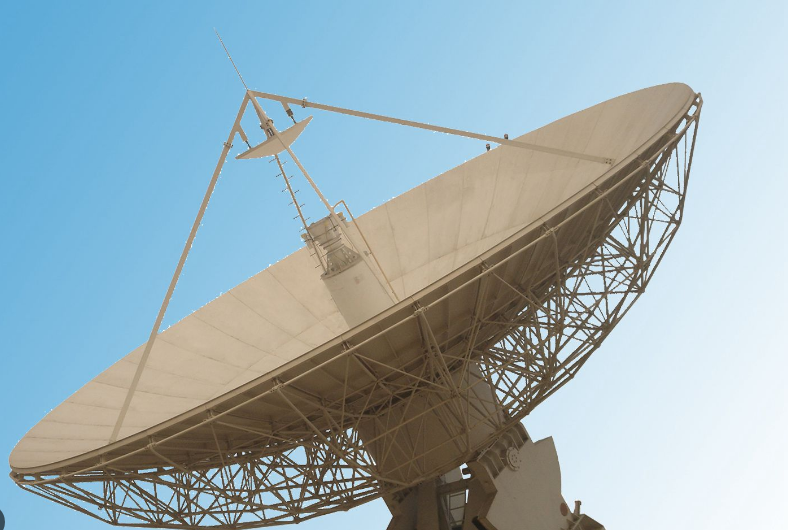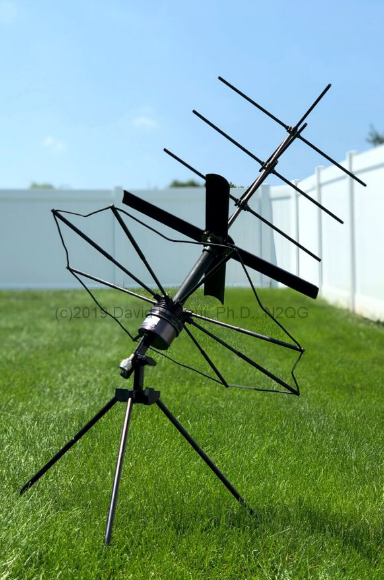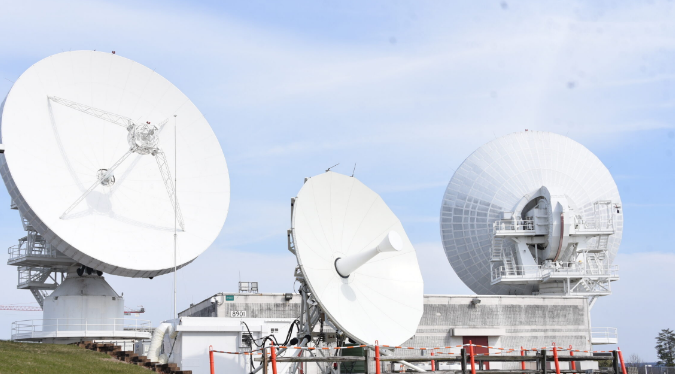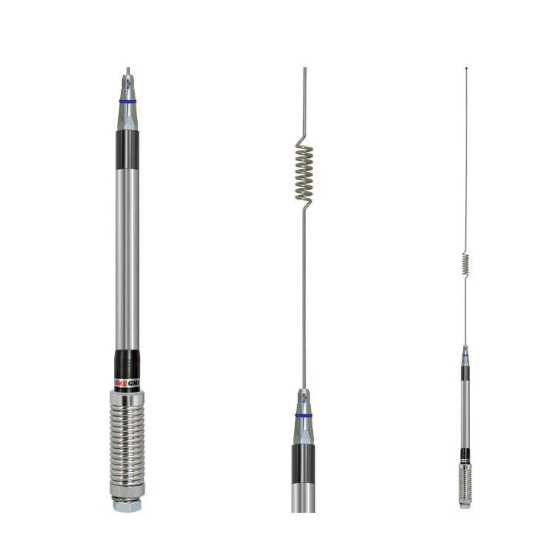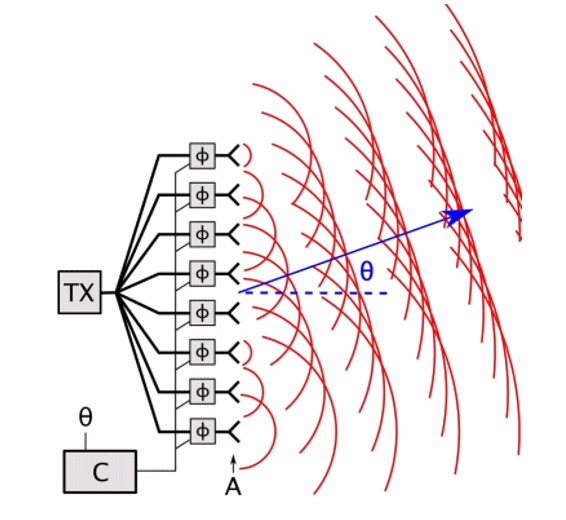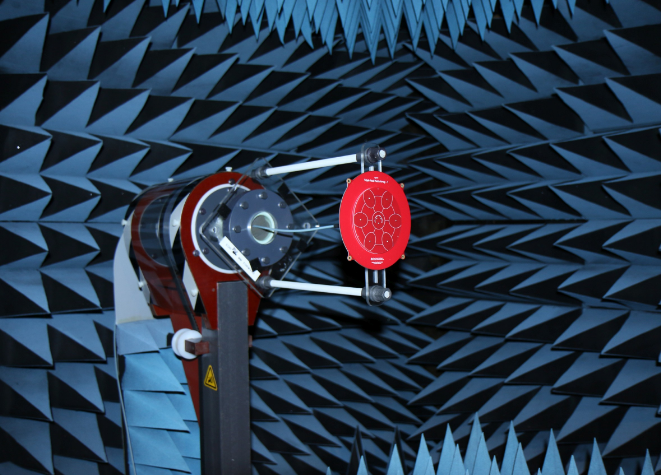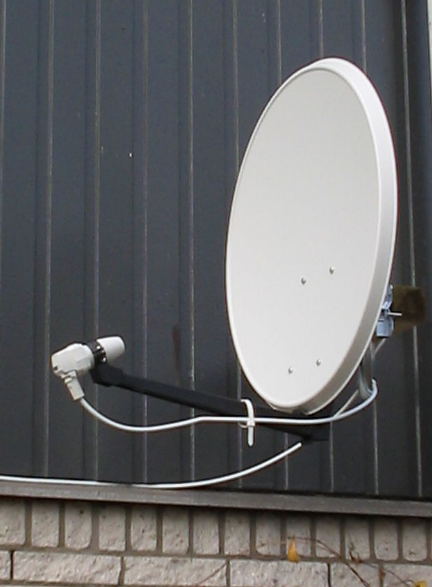Which type of antenna gives highest gain
The parabolic antenna offers the highest gain, typically exceeding 30 dB, focusing signals into a narrow beam. Directional Antennas and Gain Directional antennas are those that focus energy in directions designed to enhance the signal power and reception quality, and, as a result, significantly increase the antenna gain. The advantage of using this type of […]
Which type of antenna gives highest gain Read More »

